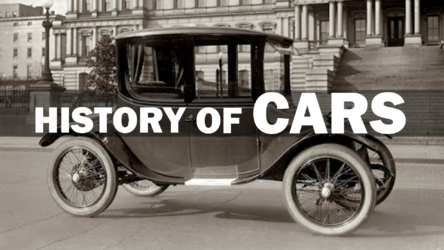Money can be defined as an object that has a certain value and accepted as a payment for goods or services in a certain market or population. Money does not have a single inventor but was a process that took several centuries to develop.
The people of Lydia are considered the first to create and use metal objects similar to coins and used to trade.
This population was found in the Asia Minor region on the shores of the Aegean Sea, in what is now known as Greece and Turkey. They created the coins and gave it the circular shape that we all know. At that time, they made them with an alloy of gold and silver, they also engraved the image of a lion.
The first coins were minted between 700 BC and 5000 BC. The metal was chosen since at that time it was very common and could be recycled. The coins were assigned one value and this allowed comparing the costs of the objects and in this way, it was easier to trade.
History of money and trading
Before money, the most primitive way of trading between people was barter. One object is exchanged or another. A person for example exchanged 1 cow for 15 chickens or a bag of rice for one of flour. These deals were complicated because sometimes it took people a long time to agree on what they considered a fair payment.
Also began to use the exchange of tokens or of certain goods that were valuable to a certain community such as grains, livestock, cowrie shells, precious metals, spices, salt, tobacco, tea, seeds, among others, were used as if it were money.
If you had any of these valuable products, you could exchange them for what you wanted, since everyone appreciated that special product, which in each community was a different one.
But these exchanges were sometimes difficult to specify since defining the fair price for both parties was not simple, and it was also complex to save the products received as payment because if they were not used quickly they would deteriorate.
Another common problem was the transfer of the animals or the cereal bags since it was necessary to carry out several kilometers of distance, to carry out the transaction.
After the Lydia people developed the coins, it spread to other areas of the world. The Romans also began minting coins but in a more standardized way, as each coin had a certain size, weight and specific value that was given by the state.
In the Roman period, private individuals were prohibited from minting coins since that was the exclusive power of the government, which kept the amount of money in circulation controlled in order to maintain the value.
Alexander the Great, when he was the king of Macedonia, was one of those who most encouraged and promoted the use of metal coins to trade. From 335 BC a system for minting coins was developed in the Persia region.
With the passage of time, the use of currency money expanded to other areas that belonged to the Roman Empire, which included the regions of Mesopotamia, Syria, Egypt, Turkey, Afghanistan, Pakistan and India.
Even after the death of Alexander the Great, the use and development of minting coins and using them for trading continued.
In China, until the 7th century they used the exchange of grain and silk as a form of payment, but they also minted copper coins. This occurred during the zhou dynasty.
But during the Tang dynasty, there was a significant reduction in copper, which caused a lack of this metal, so coins could not be minted as before.
That is why the banknote appears to compensate for the insufficient amount of coins. The Chinese being the first to create paper banknotes since they had a great development of this material, which was common and economical in this eastern area. In the year 960 after Christ, banknotes were already used as currency or money to trade.
In the 12th century, the use of paper money was compulsory and banknotes were issued and controlled by the Chinese government.
The great advantage of the note over the coins was its weight, making it easier to carry out large transactions with the notes than with the heavy bags of coins.
In Europe, paper money began to be used in the 16th century, the value of the banknotes depended on the gold deposits that each country had, only then were the banknotes backed with gold.
From this time on, little by little throughout the world, the use of not only coins but also banknotes to pay and buy things was incorporated. The commerce improved with the use of money since a price could be placed and the element to pay it was had.
Money today
Today money is a resource that everyone requires to live in today’s society. It is necessary to buy food, clothing, go to the doctor or travel by means of transport. For almost everything, you need money, since everything has a price.
All countries have notes and coins as a form of money, each has different values and that silver must be backed by the country’s reserves of money or gold.
In some countries, especially Europe and the United States, for some years now they have been seeking to reduce the use of material money, that is, coins and banknotes, promoting virtual money through credit or debit cards, bank transfers, among other means of payment via the Internet.
The material form of money evolves but remains vital, for the lives of individuals, families, and countries.






